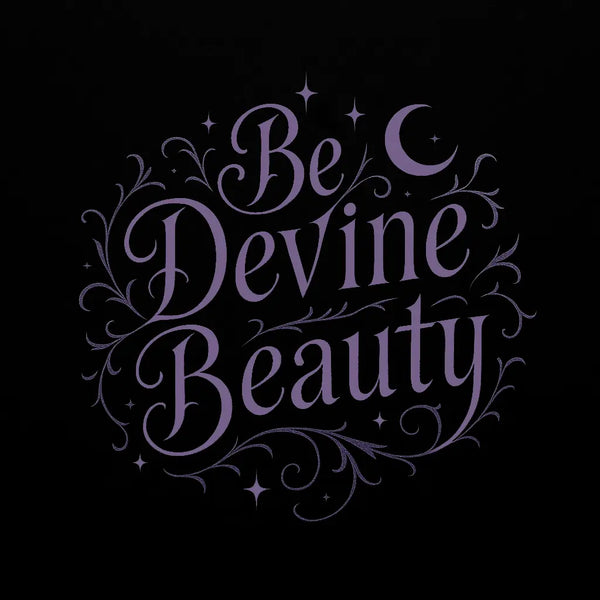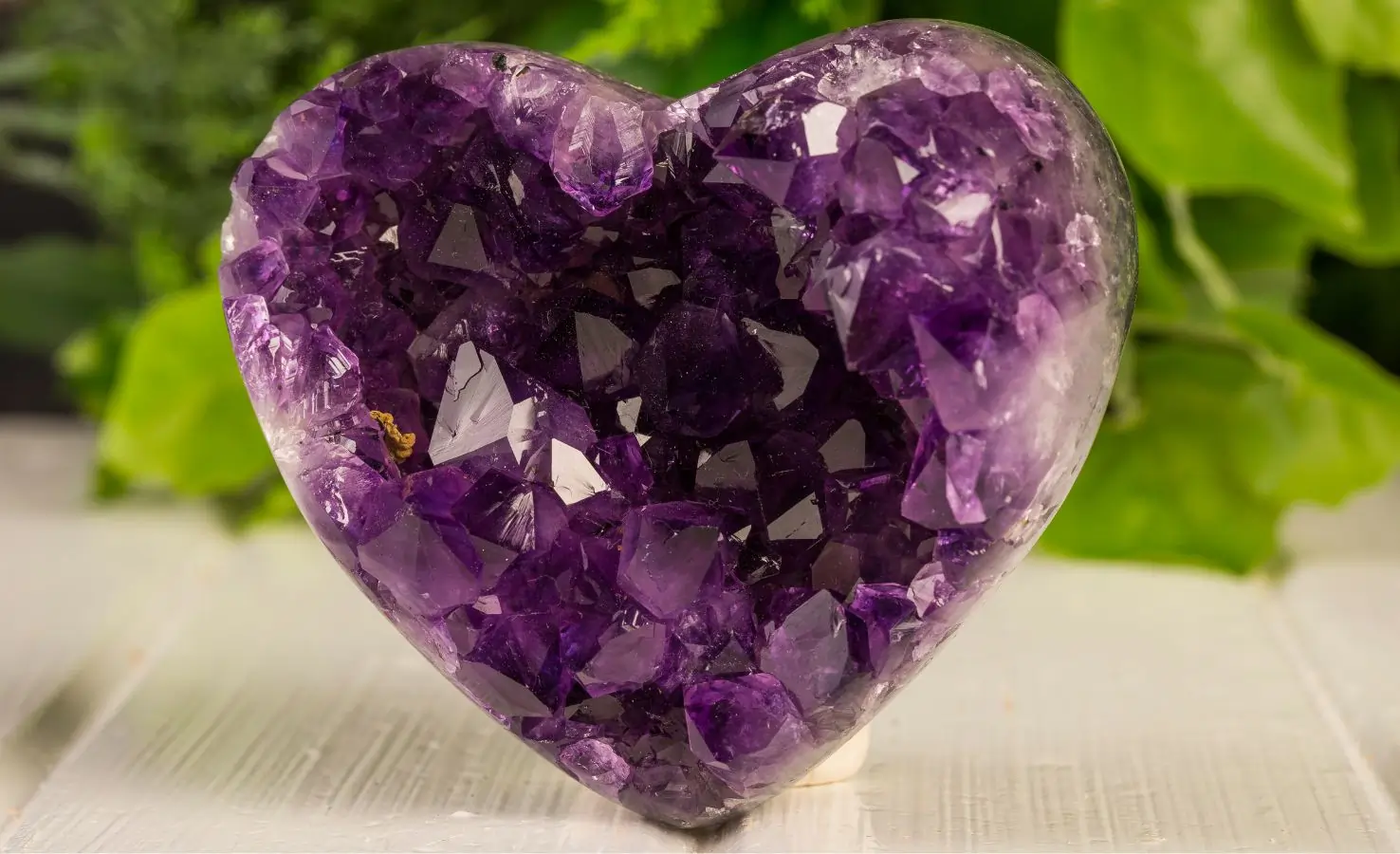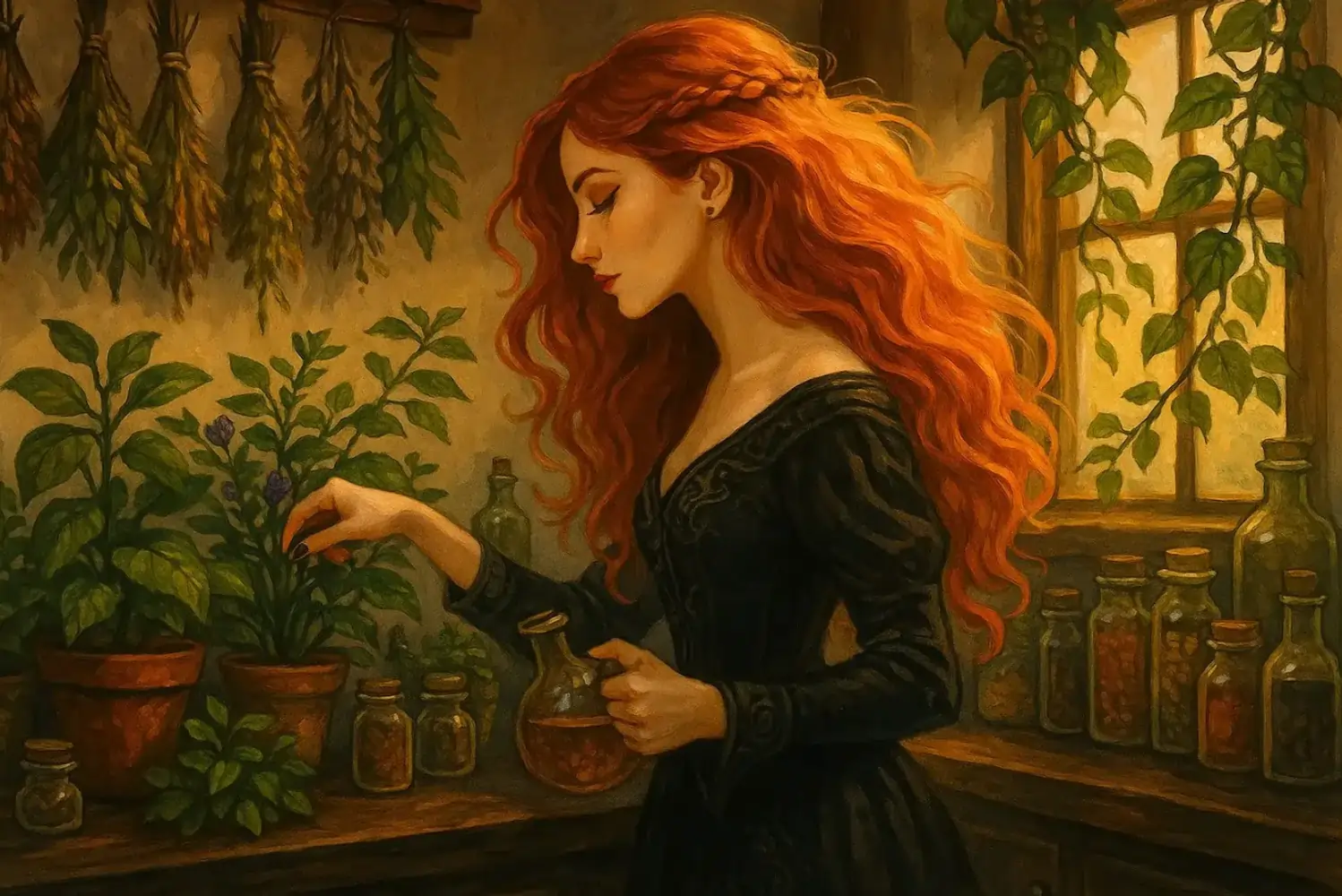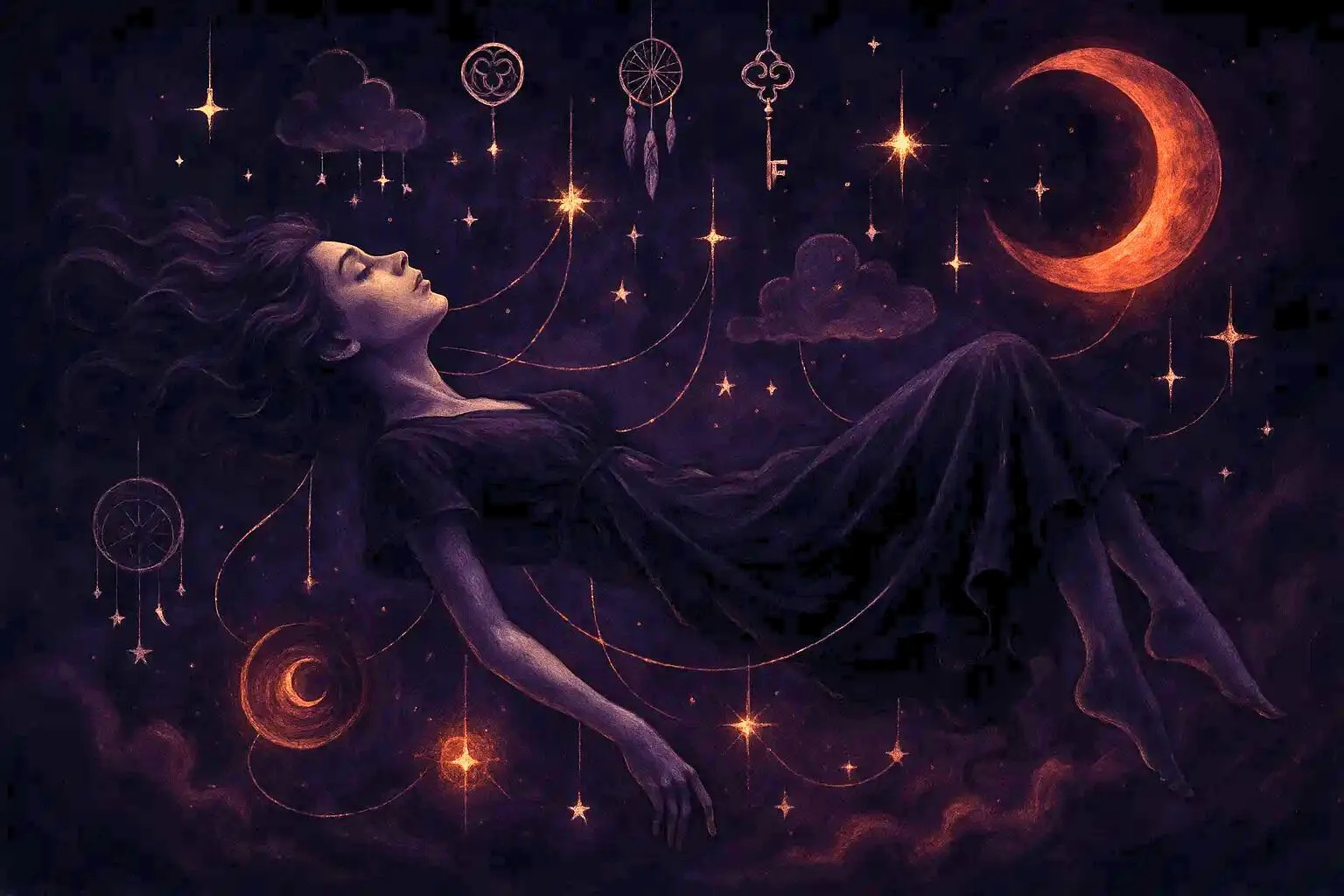
In a lifetime, we will spend one-third of it asleep and 8.3% dreaming. 8.3% is such a small number for something as powerful as dreams. That number hardly captures how a dream can haunt you for that lifetime, from childhood on.
Interpreting our dreams can feel indulgent or even absurd—do I really need to know why I dove into a pool of sparkling water that became the open jaws of a snake just as the water broke? Let me ask you–do you think Alice pondered why she fell down that rabbit hole?[1][2]
“Know Thyself”
Dreams reflect our lives and our true selves. Dreams do not discriminate; they will show you the parts of yourself you would rather keep hidden. As intimidating as it might be, dreams can become a tool to understand your subconscious mind if you develop the mechanisms to receive the message. You can be taught how.

Throughout this piece, I will reference David Fontana's The Secret Language of Dreams, one of the only dream books I've read that isn't a complete sham. If you want a deeper dive, check it out. I bought mine at a thrift store long ago, and the inscription inside always makes me smile.

Unveiling the Subconscious: The Psychology of Dreams
Within us, there is the Self, the Ego: our Consciousness. This is who we present to the world, and each facet of our life sees a different version. The person you are at work is not the same person you are when you're out with your friends, nor would you want them to be. Our brains take in a vast amount of information every second, information that can take years to process.
Dreams are how our subconscious, our personal, hidden self, processes all this data. Two psychologists have famously delved into the topic: Sigmund Freud (1856-1939)[3] and Carl Jung (1875-1961).[4] Freud believed dreams were “coded messages devised by the unconscious to tell of the repressed desires and instincts that dwell there.”[5]
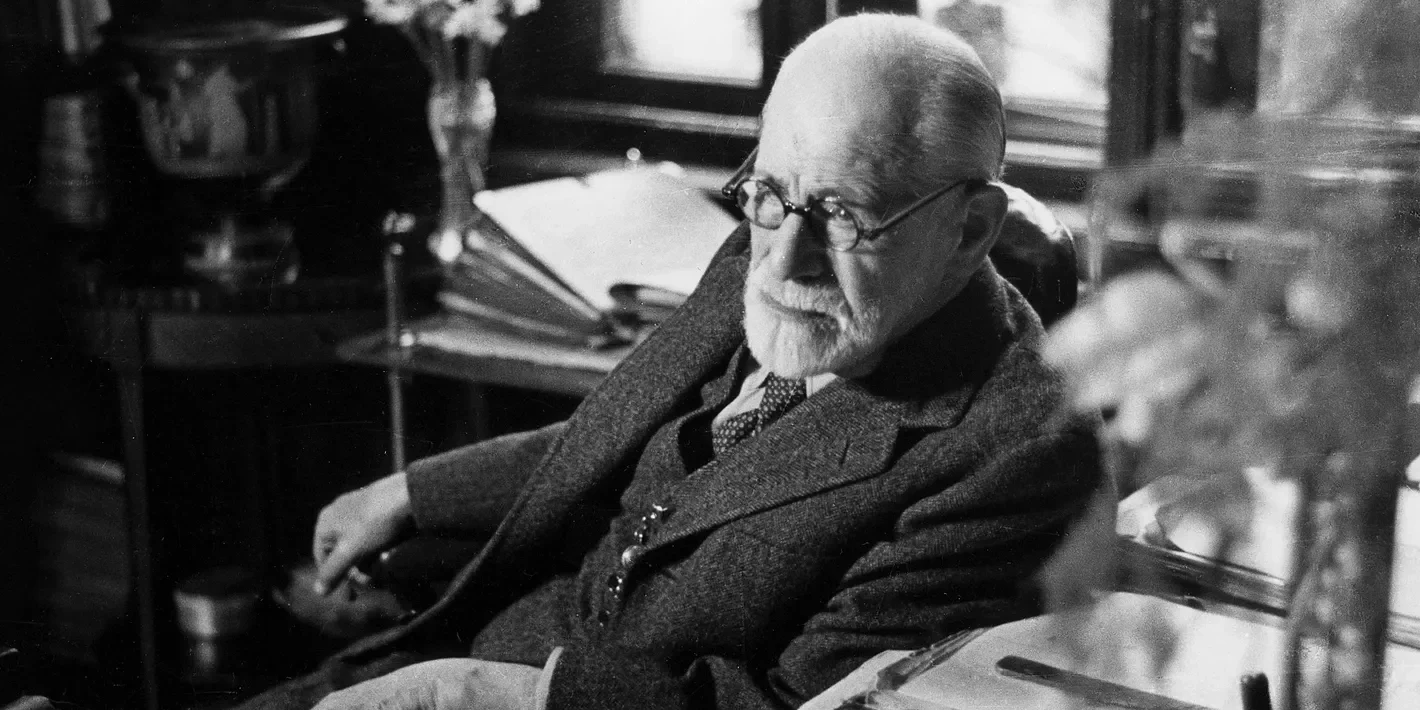
In practice, Freud used a technique called free association, where a patient would tell of his dream, then say what next comes to mind, and next, and next, etc., usually leading to a prognosis of a secret desire for the patient wanting to have sex with his mother, or something of the sort.
“The wish to be able to fly is to be understood as nothing else than a longing to be capable of sexual performance”
Jung innately knew that Freud's view was limited, as all human experience cannot be boiled down to sexual desire. Additionally, free association would often lead the patient away from the actual content of their dreams, therefore missing the true meaning.
Instead, Carl Jung delved into the rich dream imagery by “drawing out their deeper meanings by placing them in their wider mythic and symbolic context.”[5] He proposed and developed the psychological concept of the collective unconscious, which he defined as a “reservoir of shared experiences, symbols, and archetypes inherited and universally present in all individuals.”[6]

Additionally, Jung recognized different levels of dreams.
- Level One - Superficial, surface-level dreams mostly use material from the preconscious mind, where recent memories, facts, and ideals are stored.
- Level Two - The personal unconscious, where older memories, repressed traumas, and hidden motives live. Therefore, more symbolism enters the dream, personalizing these symbols to the individual dreamer.
- Level Three - “Grand dreams” live here; the collective unconscious spills into our minds, operating solely through symbolism and archetypes.
Jungian Archetype Meaning

Archetypal dreams present themselves at the turning points of life. These mystical evenings consist of shape-shifting images, magical occurrences, and the impossible becoming possible. Collective Unconsciousness seeps its way into our minds, subconsciously guiding us along our paths.
Within these boundless dreams, the archetypes emerge. According to Jung, these are the “archetypal motifs” that appear repeatedly, symbolically representing the larger myths that speak to the core of our being. Through these encounters with archetypes, a more profound version of ourselves can emerge as we increasingly understand life.
“The dream is the small hidden door in the deepest and most intimate sanctum of the soul, which opens to that primeval cosmic night that was soul long before there was conscious ego and will be soul far beyond what a conscious ego could ever reach”
Seven Major Archetypes
The Wise Old One – Called a mana personality, a symbol of growth and vitality with the ability to heal or destroy, attract or repel. Manifests as magicians, doctors, professors, priests, teachers, parents, or other authority figures.
This personality is only quasi-divine, so be careful, as it can lead you away from higher levels of consciousness as well as towards. Intuition is everything.
The Trickster – A villain in his own right, the Trickster represents a darker side of our being. He is an animal, a sinister character that ruins the pleasure of our dreams and an aspect of the Shadow.
It is through this discomfort, however, that we learn and grow, as the Trickster comes about when we are in a psychological mess of our own making due to vanity, pride, ego, and the like.

The Persona – This is the ego, the front-facing self we present to the world. Identifying with it too closely can be dangerous, as you will lose your true self. In dreams, the Persona manifests as a desolate landscape or social ostracization. Running around your high school naked, with no clothes to be found anywhere? That is your ego being exposed.
The Shadow – Our darkest instincts, primitive and underlying, manifest within the Shadow. From this part of ourselves come selfishness and violent urges. It feeds on greed and fear and, in its dangerous, terrifying form, is often impervious to harm in dreams.
“Everyone carries a shadow, and the less it is embodied in the individual's conscious life, the blacker and denser it is”
Jung states that the Shadow isn't evil but immature, and its appearance means that a more conscious awareness of it is necessary. It wants to hold us back and keep us doing things traditionally, but it is our personal responsibility and rebellion to grow.
The Divine Child – Symbolizing the true self is the Divine Child, who is the representation of ourselves at the very beginning, untouched by the influence of the world around us.

The Divine Child leads one to individuation and is “both innocent and vulnerable, yet at the same time inviolate and possessed of vast transforming power.”[5] Contact with this archetype can both relieve the ego's firm grasp and reveal how far we have strayed from our true selves.
The Anima and Animus – Representing the Divine Feminine and the Divine Masculine are the Anima and Animus. The Amima, in exalted forms, includes Athena, Aphrodite, and Helen of Troy, while the Animus, in exalted forms, includes Hercules, Hermes, and Apollo.
When they make their presence known to us in dreams, we are to move closer toward the Divine version of ourselves, whether male, female, or somewhere in between.
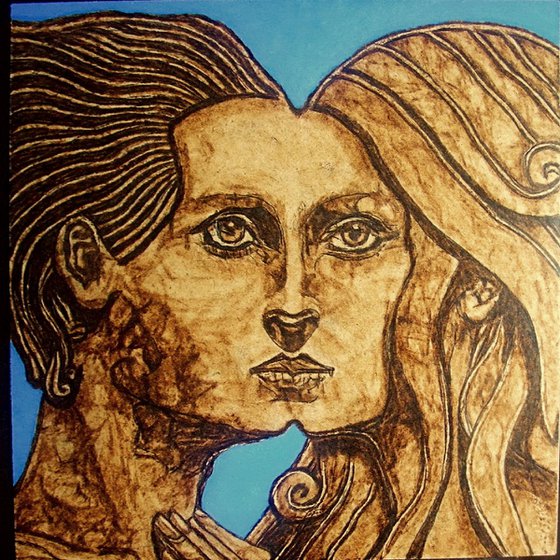
The Great Mother – She is a dichotomy of all that loves, fosters growth and fertility, and all that seduces, dominates, and possesses. According to Fontana, the Great Mother's energy is “divine, ethereal and virginal, but it is also...agricultural“ as the Earth Mother was “worshipped as the bringer of harvests.”[5]
She can manifest in dreams at her most exalted as the Queen of Heaven, and her domineering side can manifest as Lilith, Medusa, or witches and harpies from Greek mythology.
A most important note: Dream manifestations mean different things to different people. If I identify a part of my Persona with a seductive force such as Lilith, her manifestation in my dreams will not represent destruction but rather furtherance of myself. This is why building your own library of symbols is paramount.
How to Interpret Your Dreams
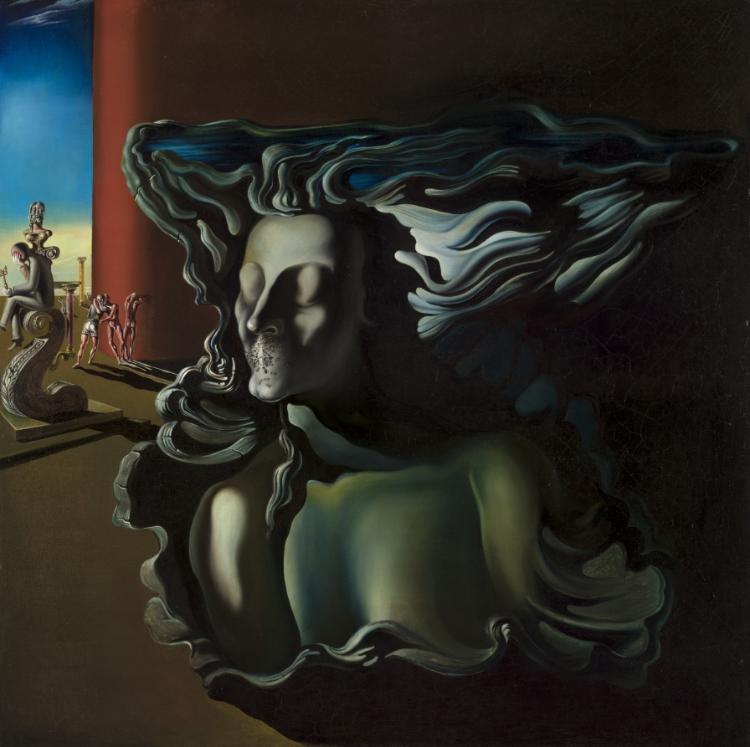
The first step to interpreting your dreams is to remember them. Before falling asleep, repeat to yourself that you will remember your dreams in the morning. This will make the intention clear as day and improve recall.
Keep a dedicated notebook and pen on your bedside table, and write down your dreams upon waking. I enjoy using a leather-bound, lined journal that is brightly designed, so I am inspired to write in it. Waiting even for a short period can sacrifice dream recall, as after five minutes of consciousness, 50% of our dreams will have left our minds. After ten minutes, 90% is gone.[7]
“Deep into that darkness peering, long I stood there, wondering, fearing, doubting, dreaming dreams no mortal ever dared to dream before”
Write down what stood out to you about your dream. This could include the beings you encountered, places you traversed, quests you followed, or something as trivial as a bird that was present everywhere you went. This may seem pointless initially, but as time goes on, you begin to draw parallels, see patterns, and infer conclusions.
What archetypes and symbols are present? What do the images mean to you? What themes are recurring, trying to send your consciousness a message? Break everything down into categories: scenery, objects, characters, events, colors, emotions, etc. Choose a dream symbol you wrote down, and use Jungian Free Association on that image only.

Do this by drawing the dream symbol and meditating on what that image means to you. Write down what other items/themes connect to the symbol. Use a Dream Dictionary to look up the image's over-arching symbolic meaning, write it down, and reflect on whether or not that meaning resonates with you.
Jung advised describing the image as if speaking to someone who has never encountered it before. Link the associations to your personal experiences, and once you've exhausted that train of thought, put it aside and move on to the next dream symbol.

No one can judge whether another person is interpreting their dreams correctly. The only measure of success is whether or not the individual receives self-insight due to their dream interpretation.
Expect these moments of higher self-reflection in Level Two and Level Three dreams, as Level One is mostly superficial. Actual effectiveness “should be confirmed not only by subsequent dreams, but also by subsequent life-events.”[5]
“Your visions will become clear only when you can look into your own heart. Who looks outside, dreams; who looks inside, awakes”
Dreams are not riddles to be solved; they are messages written in a language older than speech. They arrive in fragments and symbols, wearing the faces of gods, mothers, tricksters, and lovers. Listen closely; they will show you what your waking self dares not say. The more you honor them, the louder they speak. And one day, without warning, a dream may place something in your hands you didn’t know you were missing: a memory, a truth, a key.
What archetype visited you in your dreams last night? Let me know in the comments, or whisper it into your journal.
~ With Love, Beatrix Devine
Last Updated on October 15th, 2025
Sources
[1] - Do You Dream Every Night? - VeryWellMind
[2] - National Library of Medicine on Dreams
[3] - Sigmund Freud - Britannica
[4] - Carl Jung - Britannica
[5] - The Secret Language of Dreams by David Fontana
[6] - The Collective Unconscious: What It Is and How It Works - Bibisco
[7] - How Dreams Work - How Stuff Works
[1] - Henry Fuseli, The Nightmare, 1781
[2] - Dreamscape of Time - For The People Collective
[3] - Sigmund Freud - Law Liberty
[4] - 'The Encounter' (1962) by Remedios Varo - Medium
[5] - Illustration by Дмитрий Хрусталев-Григорьев - Medium
[6] - The Psychology of The Trickster - Eternalised
[7] - Depiction of the Divine Child - Decentered Media
[8] - The Anima and The Animus - Artfinder
[9] - The Dream by Salvador Dalí - Cleveland Art
[10] - Dream Journaling - Oniri
[11] - The Sleep of Reason Produces Monsters - Francisco de Goya
